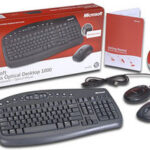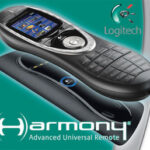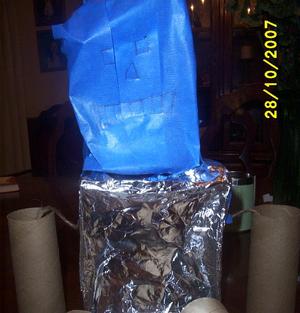With a default install of Windows XP, Vista or Windows 7 there is a default remote desktop tool installed, which is a decent tool, but there is a better remote desktop tool that Microsoft offers called “Remote Desktops.” In this article I will tell you where to get the tool, how to install it and how to use it, so that your life is made much easier when trying to manage many remote machines at one time.
So first what are “Remote Desktops”?
The tool is a MMC (Microsoft Management Center) console snap-in that allows you to view and organize multiple remote desktops in a single window. The default remote desktop tool only allows you to view one session at a time and switching between multiple sessions can be a real pain.
So where do you get “Remote Desktops”?
That really depends on the version of Windows you are using. I have links to “Remote Desktops” for each version of Windows below:
Admin Tools for Vista
Admin Tools for Windows 7
Admin Tools for XP and Server 2003
Once you have installed the software package (just use the defaults while installing), you will want to click Start, chooses All Programs, and then find the Administrative Tools folder and expand it. In this folder is where you will find an icon that looks like two computer monitors labeled “Remote Desktops”. Click the Icon and it will load the MMC console for you and you can get started.
When the MMC console opens you will see two viewing panes, on the left you have your console root where you will add all of your servers and on the right you have the viewing window. To add your servers first click the Remote Desktops icon, and in the right hand viewing pane right click, in the drop down choose Add New Connection. This will open a new window that will allow you to put in the servers IP or host name, a name for the connection (if you so choose by default the connection name is what you enter in the IP/Hostname field), then you can also add username and password information (I would suggest not adding and saving your password for security purposes), and finally you can add the domain you are on. Once you have entered all the info you need click OK.
Now you can easily access your server or servers within the MMC console. It’s a nice to have all of your servers listed on the left hand side and as you click on each it will open each server in the viewing pane as an independent screen. You can quickly switch back and forth between all of your servers. This method is so much better than having 5 to 10 remote desktop screens opened up and trying to switch between them all and getting them mixed up. Remote Desktops MMC seems more fluid and easy to maintain.
I also like that you can enter your user name and it is stored each time for you. This saves me at least 5 seconds per server when logging in, and when you deal with hundreds of servers that time adds up fast. Anything that can save me time and energy I am going to use to its fullest advantage.
Remote Desktops is one of the most beneficial tools I have found to help me manage all of my remote desktop sessions in an efficient manner. I love the way it allows you to put all of your servers in a list view and as you click on each it opens the session within a single window. This helps me to keep track of my sessions and move seamlessly between different servers with nothing more than a simple click on a server name. Before I was using ALT + Tab to go between my 10 to 20 tabbed remote desktop sessions and could not easily find the servers I was looking for. If you want a much better way to manage your remote desktop connections then try out “Remote Desktops” MMC console, you won’t be disappointed.







